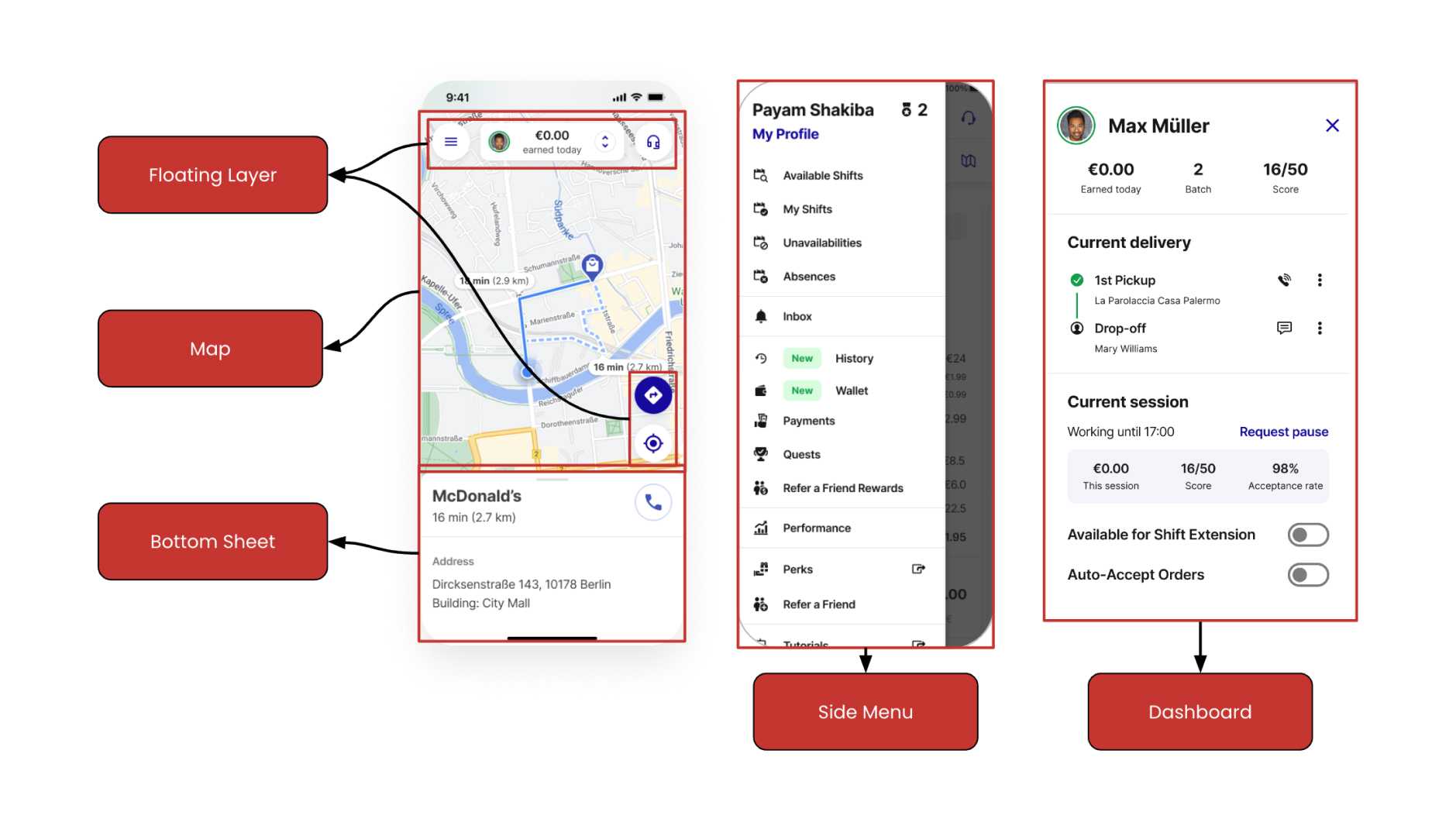In this article, I invite you to join me at the start of my journey. We will delve into the details of the steps I followed, and the experiences I gained, and I’ll also share some helpful tips along the way!
Why Did I Decide to Pursue AWS Certification?
During the first half of this year, I’ve been considering ways to broaden my expertise with the technologies utilized at work. AWS serves as our main cloud provider, and we benefit from its multiple services within the company. For example, in my team, we use such services as S3, DynamoDB and SNS/SQS. So learning more about the tooling we use every day was highly relevant.
Thanks to my mentors’ advice, I discovered that pursuing a certification exam is a great way to begin my learning journey. This approach offers a clearly structured path with a focused end goal of achieving a valuable certification.
After some research, I decided that the AWS Cloud Practitioner exam is a good starting point for my AWS Certification Journey. It will enable me to ensure comprehensive knowledge of services and better understand the exams’ concept and structure.
What is AWS Certification?
The world of AWS certifications is vast and AWS offers different exams for various career paths. This provides an opportunity to validate technical skills for anyone who has an interest in or works with AWS Cloud. The diagram below explains which groups of people could take an exam based on their background experience. Depending on the field in which you’d like to become an expert, you can also check job-based specific certification paths published by AWS with this link: Start your AWS Certification Journey

What Cloud Practitioner Exam is About
According to the official website, the purpose of this exam is to validate a “foundational, high-level understanding of AWS Cloud, its services, and terminology”.
Amazon Web Services offers over 200 services. However, this exam doesn’t aim to validate knowledge of all these services but rather expects you to understand the foundational ones, as mentioned above. Later I counted the number of service names that I had mentioned in my notes while studying, which reached 105, based on the sources I learned from.
My Way to Success
Step #1 Set a strict goal
When I searched online, I found different suggestions for how long to prepare for the exam, varying from 6 months to even 10 days. For me, an additional motivation to finish studying on time was my upcoming vacation. So I had to pass the exam to fully enjoy my holidays. I set the exam date right before the vacation and roughly 2 months away.
However, it’s worth noting that you shouldn’t worry too much about the exam date; if you have an emergency or because of any reason you would like to take more time to prepare for the exam; AWS Certification allows you to cancel or reschedule the exam up to 24 hours in advance. It’s also important to remember though you can only reschedule the same booked exam twice. So there’s no need to feel overwhelmed by exam pressure; just set a goal, believe in yourself and you’re halfway there! ????
Step #2 Learning Progress
I aimed to set weekly progression goals. In the end, I spent most of the time studying on the weekends, though I sometimes studied before or after work as well.
As a visual learner, I prefer taking notes while watching online videos and also underlining the important parts of the original source with some colours. I find it challenging or time-consuming to repeat topics or find answers when searching through videos or video notes, which is why I prefer hard copies.
The main course resource I used had over 500 slides. Although I tried to print out only some slides that I found important, they were so well prepared that I couldn’t eliminate many. In the end, I used 28 sheets of paper, printing on both sides with nine slides each. Additionally, I prepared cheat sheets to write down information in a personalized way, helping me remember it more effectively. This also resulted in 14 pages, summarizing all the services, which was really helpful.
Generally, I benefited from Udemy courses provided through our company’s Udemy Business Subscription. They were useful for understanding the exam scope, practising hands-on in AWS and working through exercise questions. Sometimes I also used white papers or additional blogs for detailed explanations of some services.

Step #3 Practise Exam Questions
This is the last but significantly important step to succeed. Understanding the style and concept of questions is key to passing the exam. For example; knowing how to approach a question when you are torn between two choices that are close to each other is a skill to develop. Another example could be getting used to real-life example questions that describe a company’s use case, leaving you to decide which is the best option for that use case. So you can see that knowing the definition of a term is not enough but understanding how it would be applied in real life is crucial.
On the other hand, the best way to identify what you don’t know can also be easily discovered through these practices. I have trained with almost 180 questions, and I can recommend more.
Day Before Certification
I quickly reviewed all my handwritten summary notes alongside the original sources and I tried to practice as many questions as possible with the remaining time.
Another important point is definitely to check the test centre location beforehand and plan your transportation accordingly. If you’re late, the exam centre has the right to not let you into the exam. My test centre was in a more complicated location than I thought. It was in the middle of an industrial area, and finding the correct building and floor was a challenge! I definitely recommend setting off early!
What Cloud Practitioner Exam Looks Like
There are 65 multiple-choice questions from different categories. The weight of the exam domains was changed right after I took the exam on the 15th of September. You can also adapt your study plan and distribute your focus based on these percentages for each domain.

The exam normally takes 90 minutes. However, if you’re a non-native English speaker, you have the right to extend the exam period by an additional 30 minutes. To do this, simply log into your AWS Training and Certification profile → select “Request Exam Accommodations” on the home page, then choose “ESL +30 MINUTES” as the Accommodation Type and apply it to to your profile.
⚠️ It’s important to note that you should create this accommodation before registering for the exam. Once done, it will be automatically applied to any new exam registration.
And the result:
I passed the exam and earned both the Cloud Practitioner Certificate and Badge ! ????
What Went Wrong/Lessons Learned
- AWS hands-on practices were very beneficial for understanding contexts and applying knowledge as well as for answering the test questions correctly later. For a visual learner like me, doing hands-on practice helped me remember AWS service names and usages.
- I’d give myself a bit more time to prepare and schedule it for some weeks later.
- I’d aim to finish the exam scope as soon as possible to have more time for practising exam questions.
- I’d set goals on a daily rather than weekly basis. I believe this would be less tiring and stressful, spreading the learning load in the longer term.
My Next Goals
As a next step, I’ve already scheduled another exam for 2024: AWS Developer Associate. If you have already taken it before or are also interested in doing so, feel free to ping me on Linkedin to have a chat!
Note: When booking an exam appointment, the test provider service shares a list of exam rules. While I’ve highlighted some key points here, make sure to read and be aware of all the rules.
If you like what you’ve read and you’re someone who wants to work on open, interesting projects in a caring environment, check out our full list of open roles here – from Backend to Frontend and everything in between. We’d love to have you on board for an amazing journey ahead.


